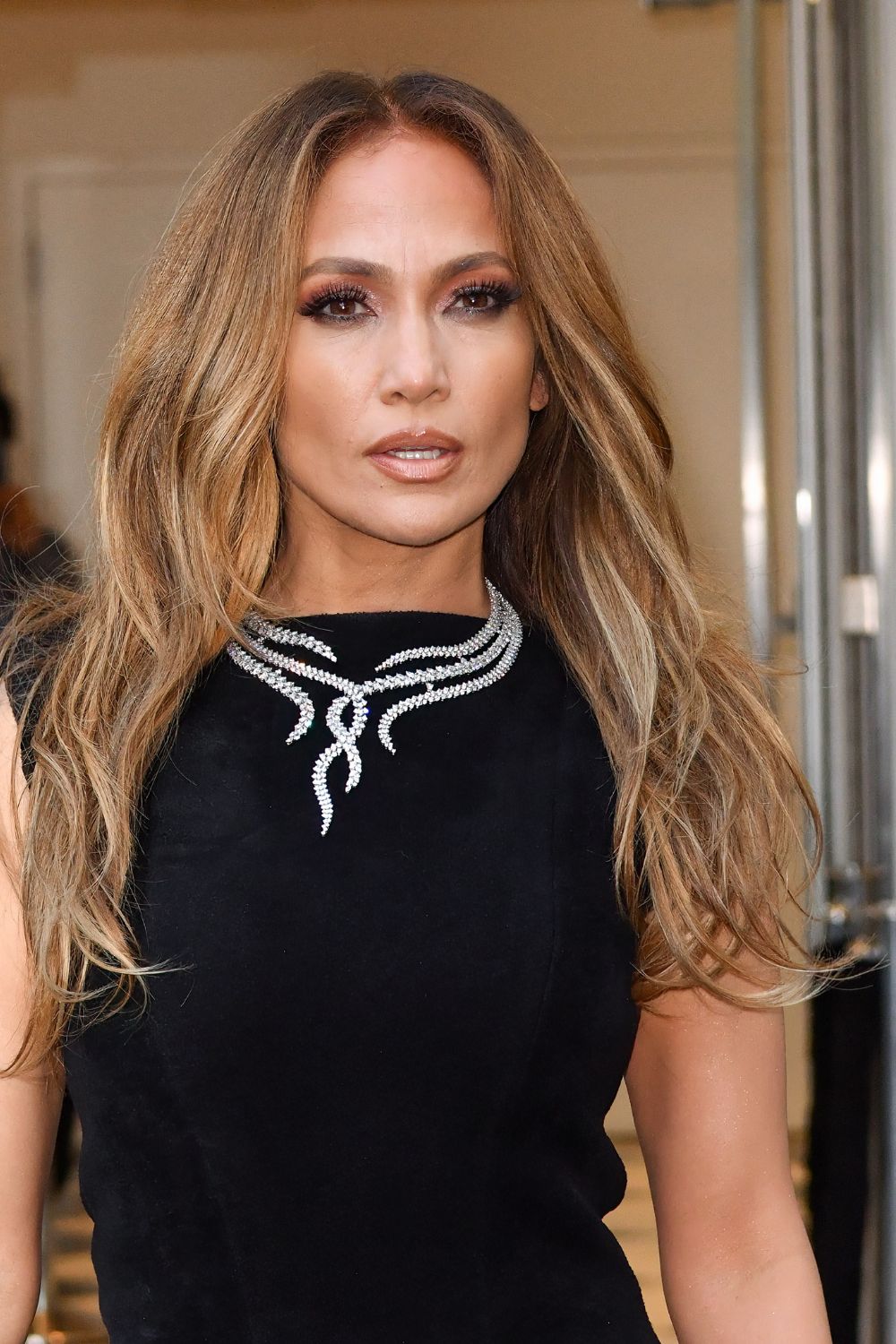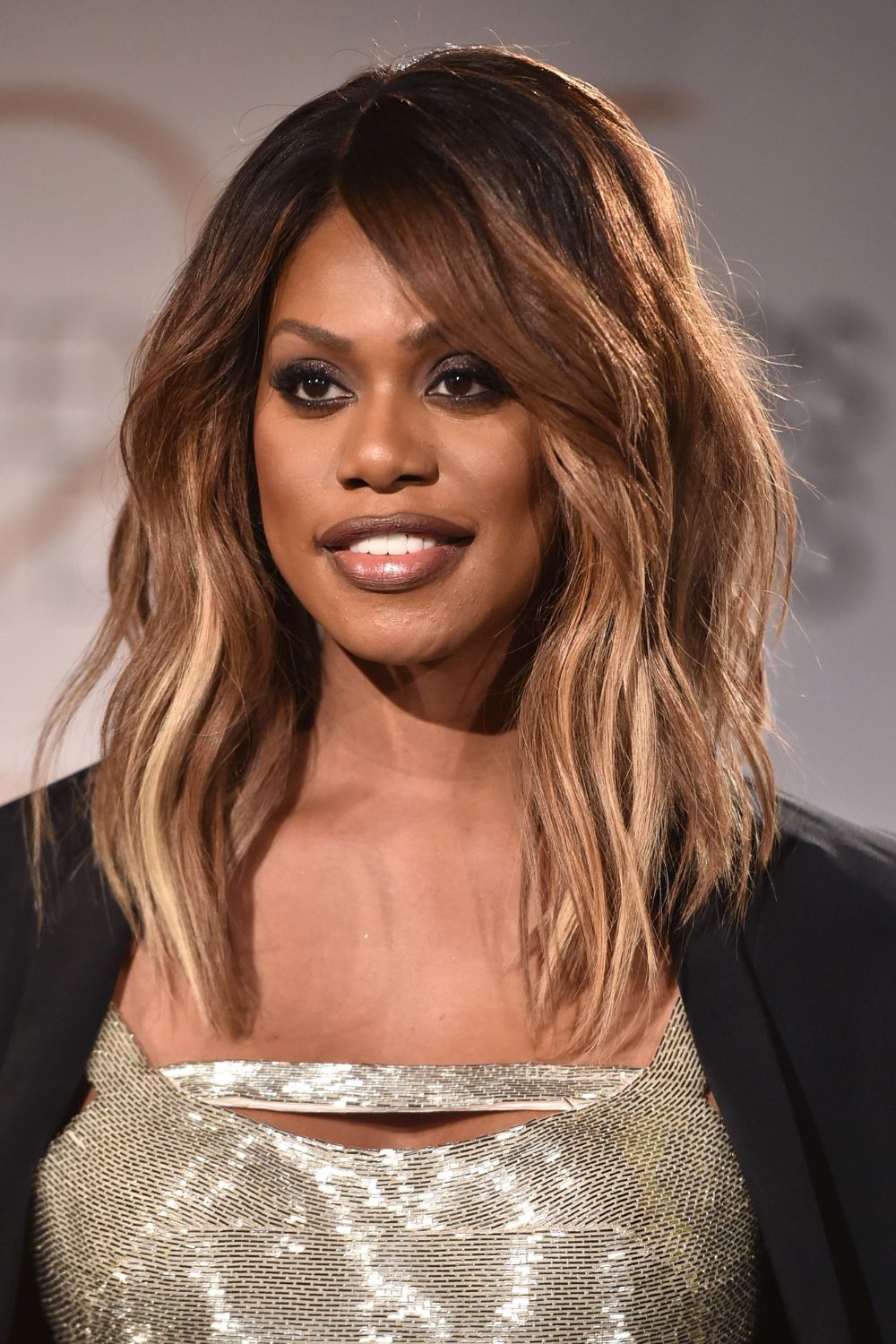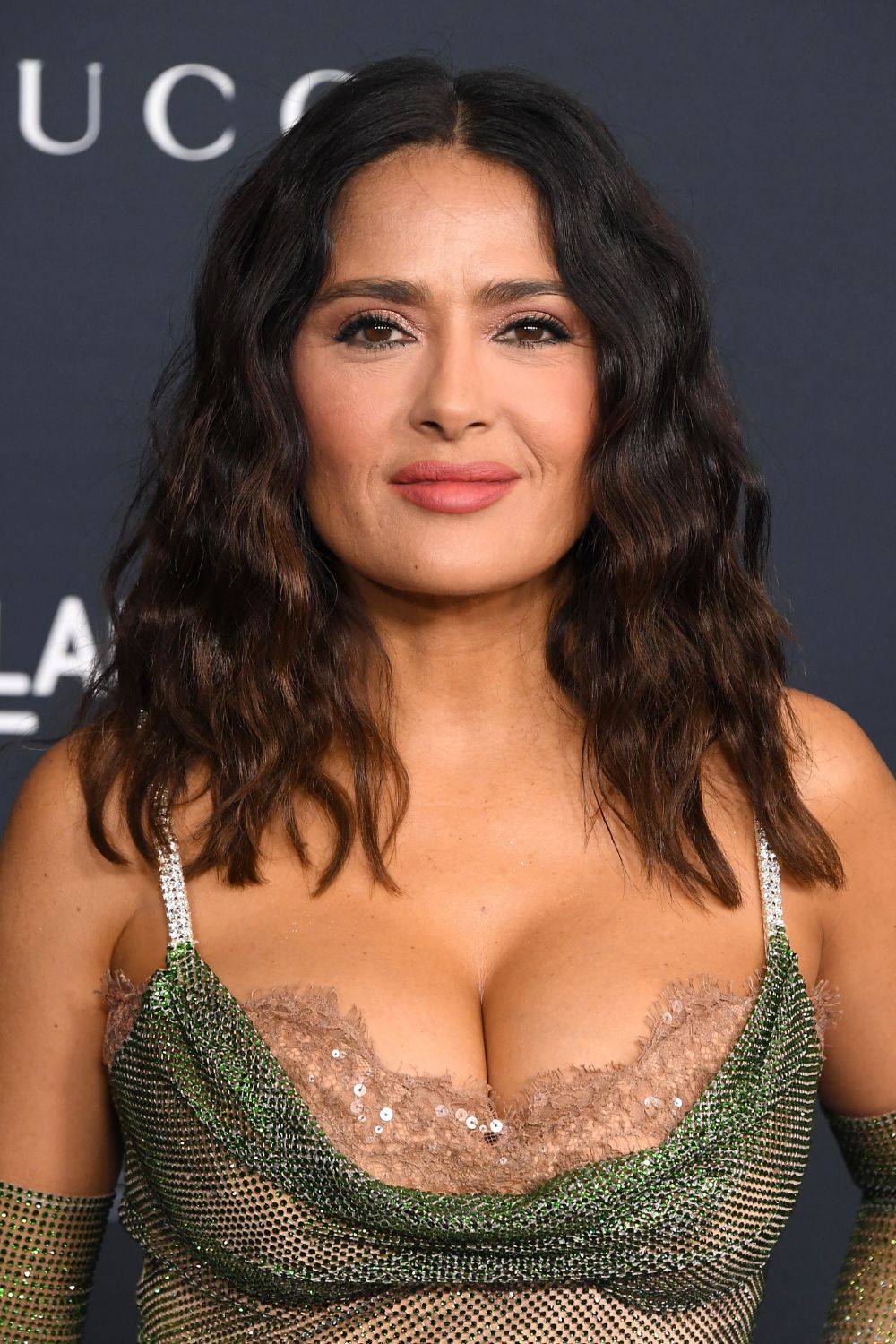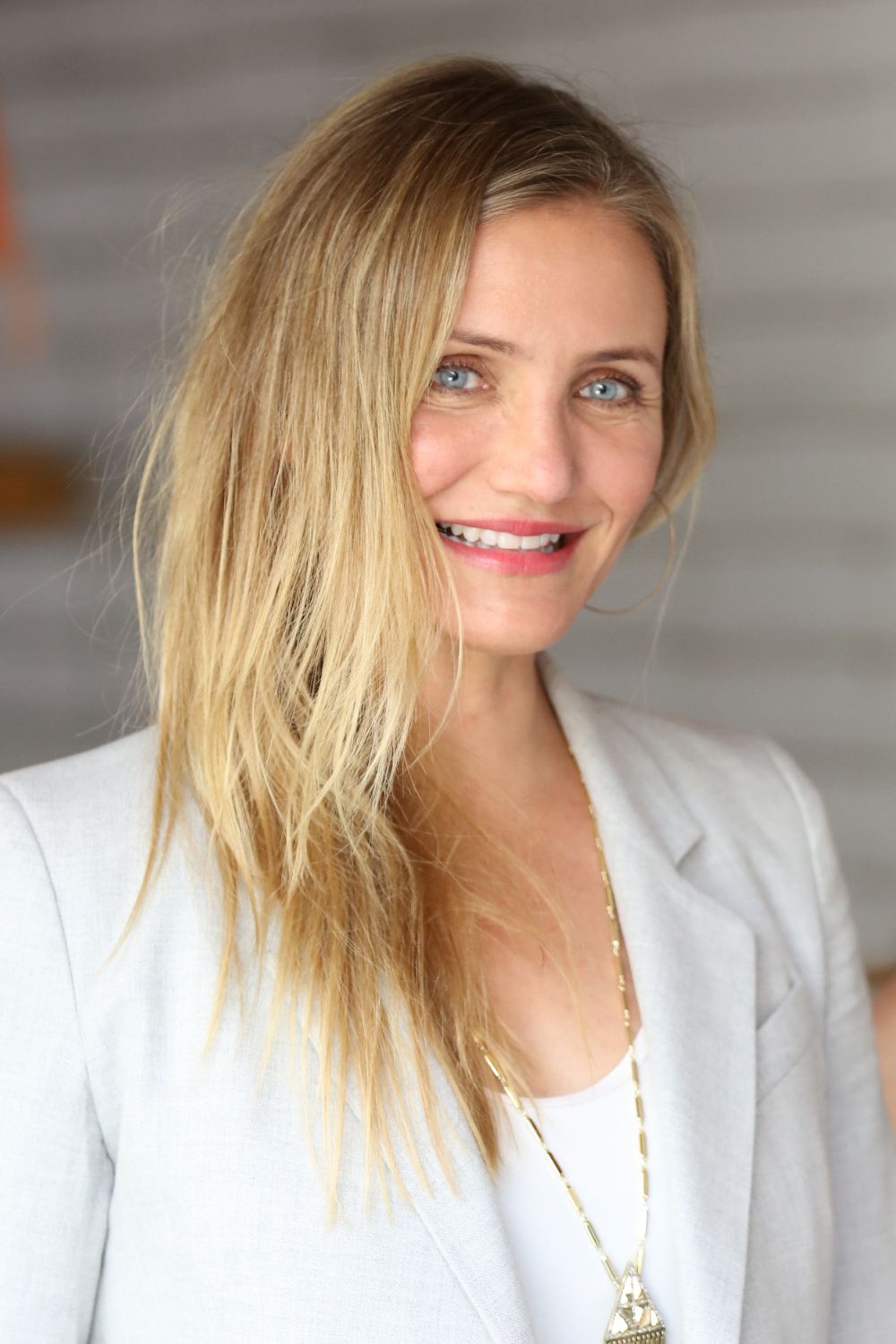Here's 6 hair colours that experts swear by for making thin hair look fuller and thicker
We called in two top colourist to break it down

The best hair colours for thin hair can be a tricky topic to get to the bottom of. If you’re looking to give your hair a fuller appearance, there are actually plenty of things you can do to achieve that. That is, once you’ve got a clean bill of health from your GP though; we’d advise making sure there are no underlying conditions causing changes in your hair health.
Now, if you have thin hair, you can have whatever hair colour you want; we’re not here to tell you what you can or can’t do. We understand that some people with thin hair want to give the illusion of thicker, fuller hair though. That’s something we can help with. Aside from haircuts for thin hair, you can also use hair colour as a clever tool, too.
Rather than list off specific shades, we’re going to dive into the techniques used by colourists that give the appearance of thicker hair. This means, no matter what hair colour you have, you can utilise these as they work best for you. Having said that, we have also included a couple of hair colours that generally give hair a thicker appearance.
Before getting into hair colours and techniques, we’ve answered some common questions when it comes to hair colour and thin hair. Once you're all clued up, shop the best products for thin hair.
The difference between fine and thin hair
There is a common misconception that thin and fine hair are the same. When we talk about fine hair, we’re referring to “the diameter of thickness of the individual hair strands”, explains Edward James, co-founder of The Hair Consult and salon owner. “If you have fine hair, each of your hair strands is smaller in diameter and generally more fragile,” he adds. It’s possible to have lots of fine hairs, which might make you think you have thick hair in terms of volume, but you still have fine individual strands, Edward explains. Thin hair, on the other hand, “refers to the overall density of hair follicles on your scalp”. This means that fewer follicles consequently equals fewer hair strands.
What to consider about hair colouring if you have thin hair
There are a few things to note before colouring if you have thin hair. The first is that we’d always advise visiting a colourist in the salon to ensure you’re getting the best, most professional care. “Colouring fragile, thin, or fine hair requires extra precautions to prevent further damage,” says Edward. So it really does pay to get advice and services from the experts.
Preventing that damage includes reducing breakage. “Regardless of whether you have fine or thin hair, using a bond protector in your colour formula is essential if your hair tends to be more fragile and prone to breakage, so making sure that you protect your hair when colouring it is key to thicker, healthier coloured hair over time,” explains Edward. This includes in-salon treatments from brands such as Olaplex and Aveda, but you can also use at-home versions of these formulas.
Celebrity news, beauty, fashion advice, and fascinating features, delivered straight to your inbox!
In the weeks leading up to the colour appointment, Edward advises his clients regularly hydrate the hair with a deep conditioning treatment, alongside a bond strengthening conditioner. This helps to get the hair in tip top condition prior to colouring.
Ultimately, when visiting a pro for colouring thin hair, the best advice is to “trust your colourist”, says John Alfred, colourist at Hershesons. And we agree. They’re looking out for your best interests and can help guide you through the process and aftercare.
How to care for thin hair during colouring?
There are definitely things you can do at home to help with caring for thin hair after colouring. The first is not over-processing the hair, John explains. This is where colouring at home can be risky; in a salon, you’re guaranteed not to over-process (provided you’ve been honest about previous dyes and treatments). “I would steer towards ammonia-free colour where possible,” John says. As this is a slightly gentler way to colour the hair.
When it comes to care at home, it’s worth avoiding excessive heat styling as much as possible. This is particularly important before colouring. “As it can weaken hair bonds and make it more susceptible to damage during the colouring process,” explains Edward. He also recommends not washing the hair immediately before the colour treatment. “Natural oils can protect your scalp during the colouring process.” The same goes for after colouring. “Leave your hair colour for 72 hours after colouring to allow the cuticle to close down again so you don’t risk breakage or colour fade,” he adds.
Finally, if your hair is extremely fragile, “consider postponing the colouring until your hair health improves,” Edward advises.
Best hair colours for thin hair
1. Highlights and lowlights

Now, this is less of a colour and more of a technique, but it works brilliantly on thin hair. Highlights and lowlights, “creates a multi-dimensional look, creating the illusion of thickness and volume”, Edward explains. Your colourist does this by taking your natural hair colour, or chosen shade, and having “thicker, bolder lowlights and highlights on the back and sides of the hair to create more depth in colour”. He also suggested keeping highlights finer through the top layer.
A great celebrity example of this is Jennifer Lopez who uses highlights and lowlight to create plenty of dimension, as well as utilising hair extensions for length and extra body.
2. Light brunette

As for an actual colour, John loves a light brunette shade for thin hair types. This is because it isn’t too dark, which “can accentuate thin hair". We love this look from Laverne Cox, who doesn't have particularly thin hair but is a perfect example of adding dimension through plenty of shade variations using balayage; this “all contributes to hair looking fuller,” John adds.
3. Balayage

Balayage—which is a type of hand painting technique—is a great way to add layers exactly where you want. “The darker roots and lighter ends create a visual contrast that makes hair appear fuller,” says Edward. There are pros and cons to balayage. “It’s a lower maintenance colour technique as the regrowth is not so pronounced, which means less frequent colouring on fragile hair,” he adds. However, “sometimes this requires some work with bleach," says John. “Although it can be achieved with pulling deeper tint colours through the ends and reserve balayage-ing, this means you’re using the lightness that’s already in the hair to create a balayage look rather than bleaching lighter,” he explains.
Balayage doesn’t have to be blonde either, sometimes it’s the most subtle lightened pieces that make the biggest impact.
4. Root shadow

The last technique widely used is a root shadow. “Using a root shadow technique creates the illusion of having more depth at the roots and is great if you don’t want your hair to look obviously highlighted but still want the appearance of thicker hair with more dimension,” Edward says. “By keeping the roots darker and blending into lighter lengths, this technique creates depth at the hair’s base, contributing to an overall fuller appearance,” he adds.
5. Dark blonde

Dark blonde is another colour that works on just about everyone and your colourist can help personalise it just for you and your preferences. Ciara uses lots of shades of blonde, whilst keeping the roots darker to give loads of volume and dimension, even when hair is pulled into a ponytail.
6. Don’t stray far from your natural shade
The final piece of advice from the pros if you’re feeling overwhelmed by colouring is to not stray too far from your natural colour. “If your hair’s base colour is significantly different to the colour of your scalp, it will appear thin on top, on the crown,” says John.
Edward echoes this, adding that this can also be damaging. “When choosing a hair colour shade, I recommend not deviating too far from your natural shade to reduce the level of bleaching or lightening, which can be damaging. Preferably avoid bleach completely and instead opt for high-lift tints which can lift your hair colour with less damage,” he adds.
Tori is a freelance beauty journalist and contributor for Marie Claire. She has written for various titles, including Allure, Glamour, Elle, Refinery29, Brides, and more. Currently training to be a nail tech, Tori is a total nail enthusiast and always has time to talk all things nail art. When she’s not writing about beauty and testing products, Tori can be found walking her rescue dog Pip, drinking great coffee, and eating as many croissants as humanly possible.